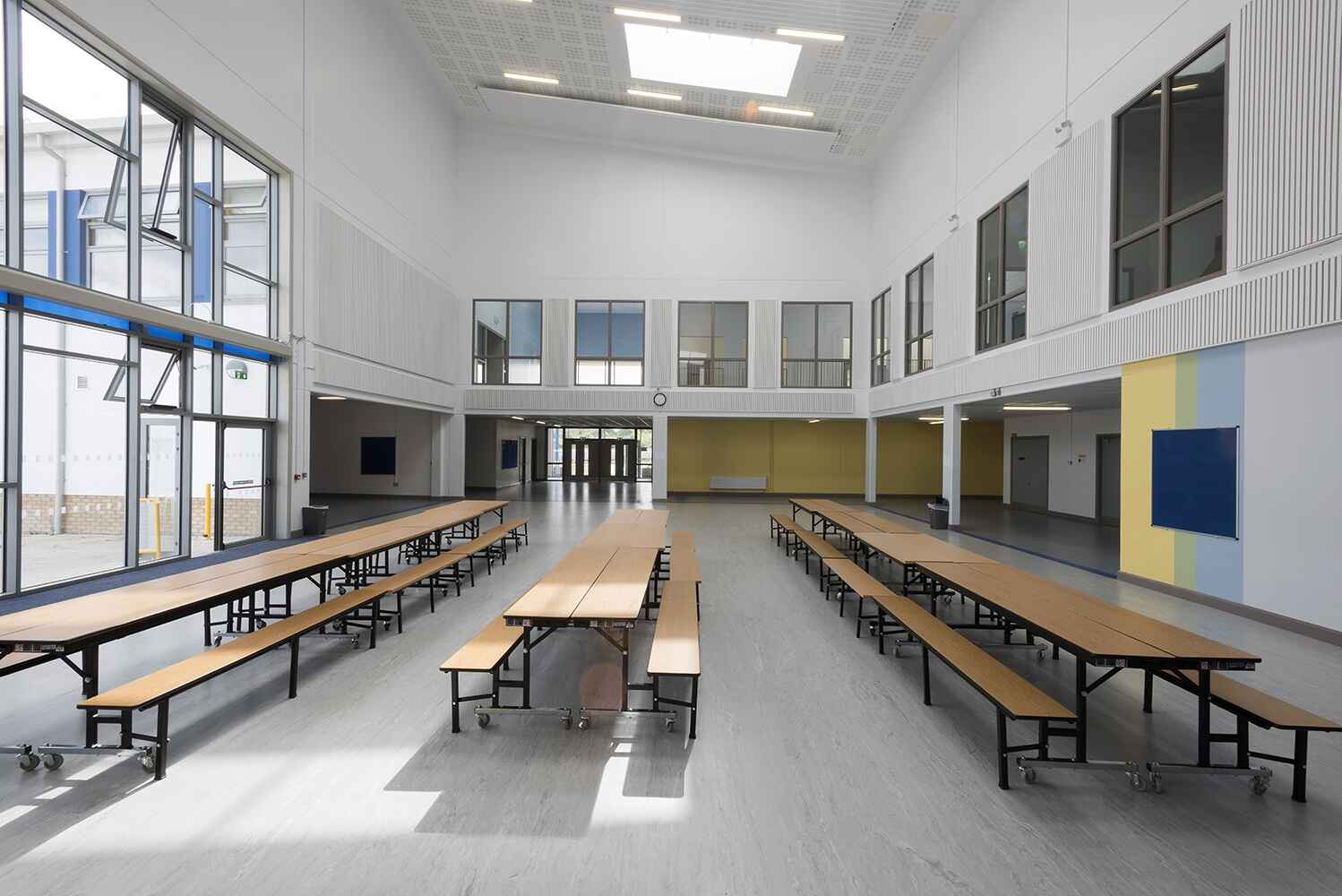How Can Soft Strip Out Services be sustainable and help Protect the Environment?
September 29, 2024

How Can Soft Strip Out Services be sustainable and help Protect the Environment?
A soft strip-out service can reduce waste generation and reuse old materials for new construction, reducing waste in landfills. Reduce, Reuse, and Recycle are the primary approaches to stripping-out services, which help extend the resource lifecycle.
Protecting the environment has become one of the main focuses of our business world. All industries try to avoid harming the environment through their business activities.
But how does soft strip-out help reduce environmental impact? Let’s learn one by one.
Soft stripping is a better option than demolition to protect the environment.
Soft strip-out is the process of keeping the structure of a building intact and unharmed while removing ceilings, fittings, fixtures, non-load-bearing walls, and other materials. The difference between soft strip out and demolition is in the process. While the former focuses on reducing and reusing old materials, the latter leaves only rubble at the end of the process.
Through the sustainable process of soft strip out, waste materials can be reused in the next phase of the construction, but demolition only increases landfill area.
Making a building requires energy, transportation, and natural resources, and the usage of all these factors hurts the environment. Hence, reducing waste and reusing these materials helps reduce the environmental toll.
Sustainable soft strip-out practices and their benefit for the environment
Sustainability involves conserving natural resources and protecting the environment by reducing carbon emissions. A soft strip demolition process that conserves natural resources like wood, steel, and iron helps preserve the environment. Reusing natural resources reduces demand, such as lowering timber usage, which may decrease deforestation. Not only does it help protect natural resources, but it is also cost-effective. Reusable materials are used in the following construction phase to help protect environmental health.
A better and greener construction practice in the UK
The Building Research Establishment Environmental Assessment Method (BREEAM) promotes greener practices in the construction industry. The BREEAM ratings are built on various categories such as energy efficiency, water usage, waste management, etc. Proper waste management during refurbishment or renovation determines BREEAM ratings. For waste management, construction waste such as glass, fittings, fixtures, and bricks can be reused, or proper removal from the construction site is needed. Reusing and recycling waste materials during refurbishments attracts better BREEAM ratings, which may help in higher property valuation.
BREEAM ratings in the UK set the ground for green practices in the construction industry, and soft strip out is the first stage.
Soft strip out and its relation to Corporate Social Responsibility
Adopting a soft strip out process can improve your company's brand image. Recycling and reusing waste materials during construction may add value to your company’s Corporate Social Responsibility. Your business can enhance its reputation as an eco-conscious organisation that values environmental health.
Ensure that your strip-out contractor implements sustainability practices.
Before you employ a strip-out contractor to soft-strip your property, you need to ask for their experience in managing projects sustainably. Enquire if they use sustainable project methods and advanced energy-efficient tools to complete the project. The contractor's commitment to adopting sustainability into the work practice will ensure the contractor's efficiency.
At Strip Out Company, we prefer using advanced tools that are energy efficient and produce less waste. Our sustainable approach to striping out processes also makes it economically beneficial.
We collaborate closely with clients and try to avoid disturbing the neighbouring environment by reducing pollution during our work. It maintains environmental sustainability and creates value for our clients.
Conclusion
Soft stripping out of buildings is a far better approach than demolition. Using the soft strip method, customers can reuse and recycle used materials in building construction.
Reusing and recycling natural resources helps reduce negative environmental impact and carbon footprint. However, choosing a qualified soft strip contractor is equally important to reduce environmental impact. The contractor should utilize modern energy-efficient equipment and reduce construction waste by adopting a sustainable approach.
Recent Blogs
- How to Minimise Operational Downtime for Strip Out in Retail and High Street Stores in the UK
- Summer Holiday Strip-Out Projects: Preparing Educational Buildings for Major Upgrades
- A Comprehensive Guide to Soft Strip Demolition for Warehouses in the UK
- Strip Out for Restaurants & Pubs: Renovation Without Disruption
- Eco-Friendly Strip Out Services: How to Reduce Waste and Recycle Materials